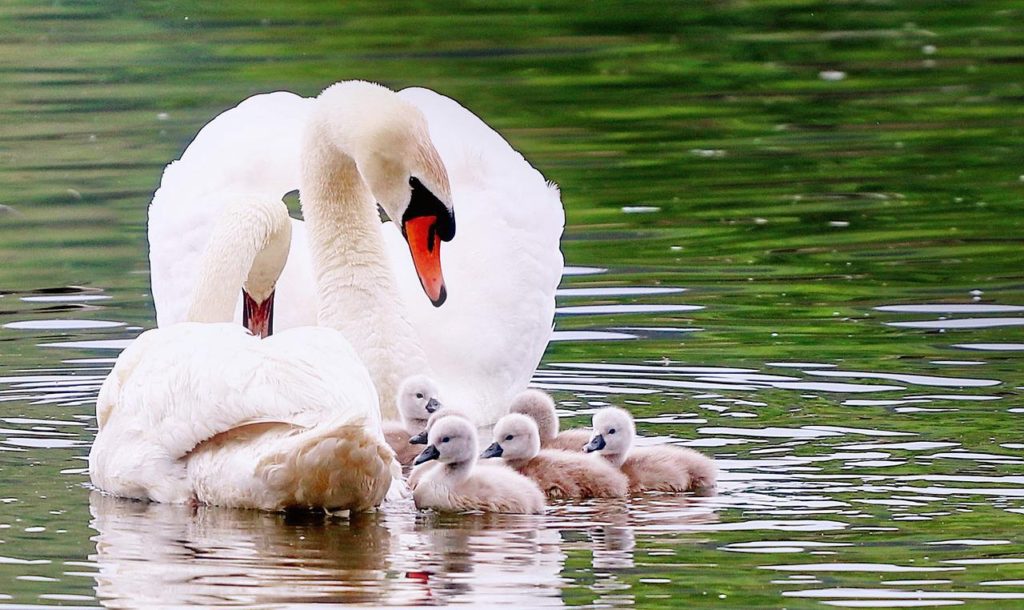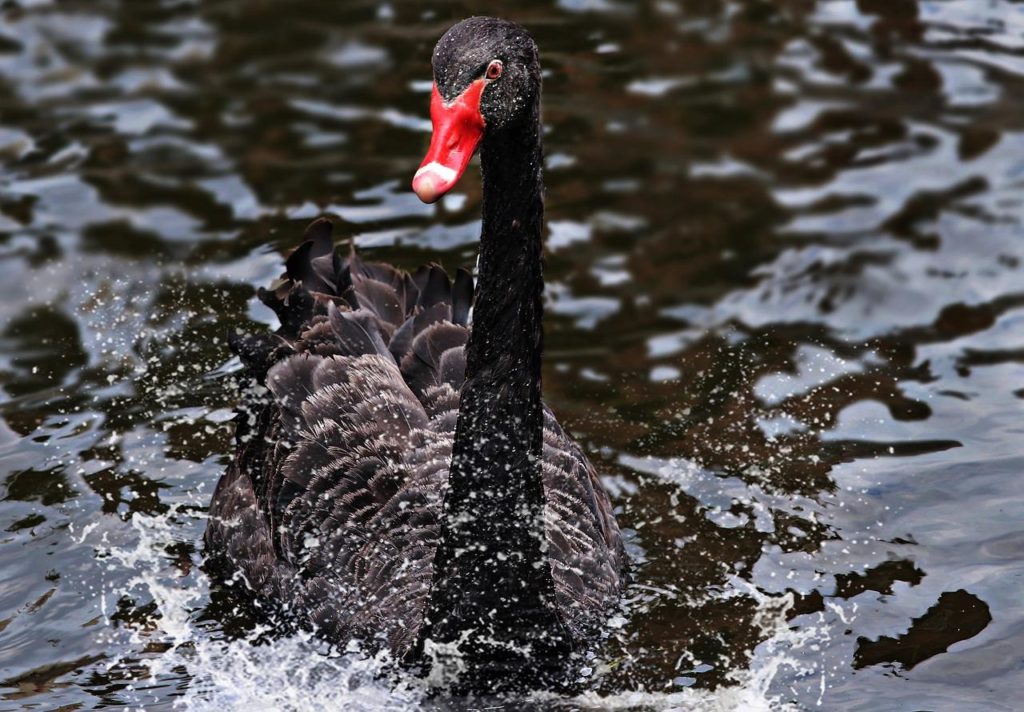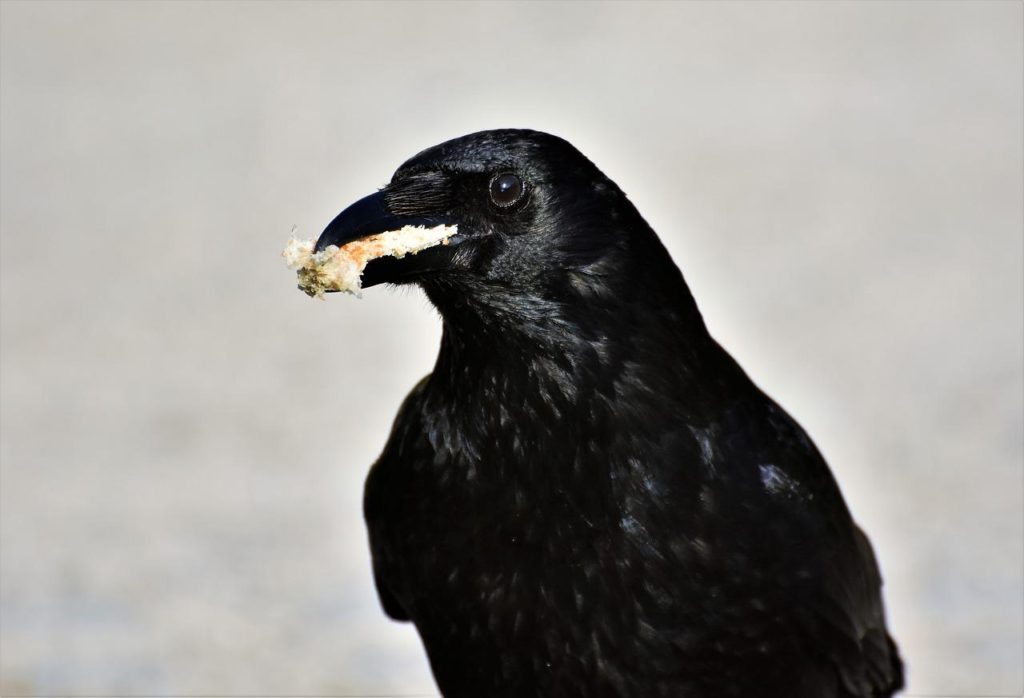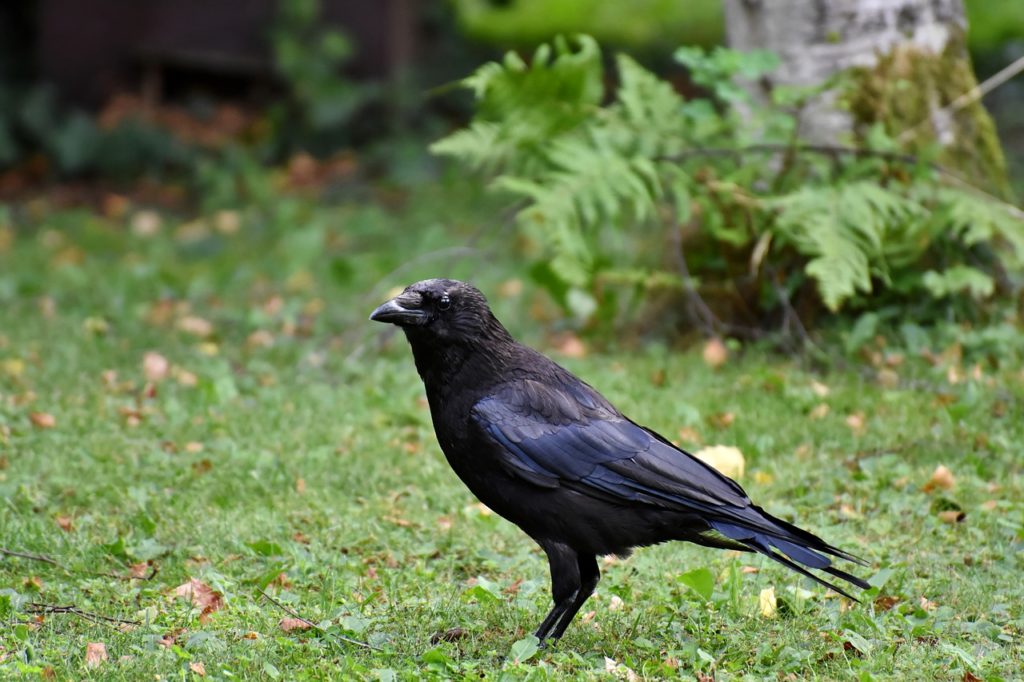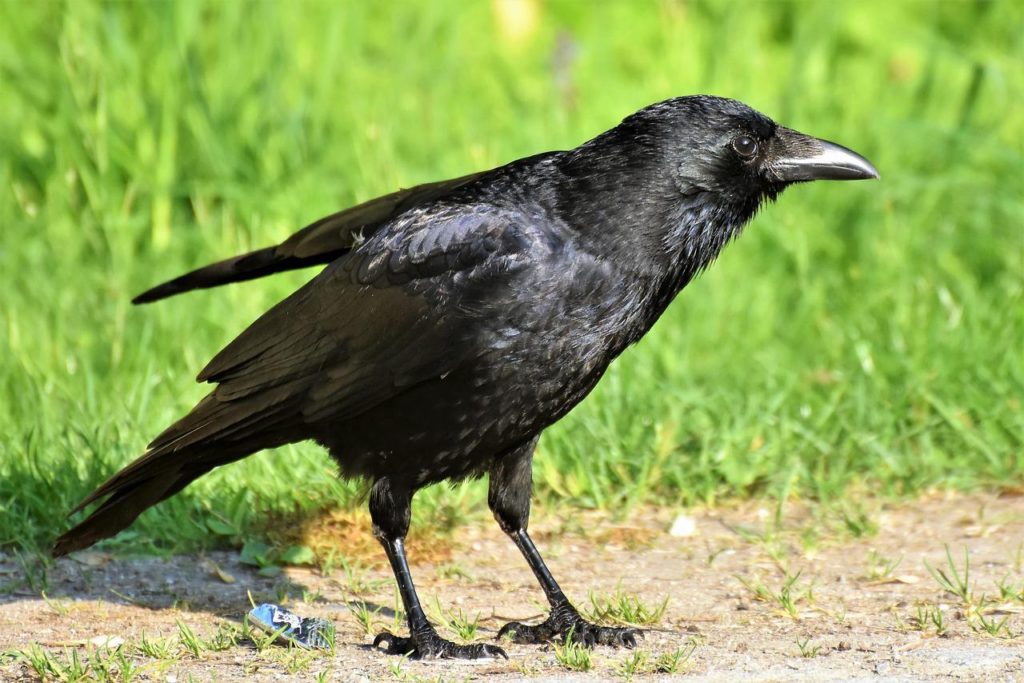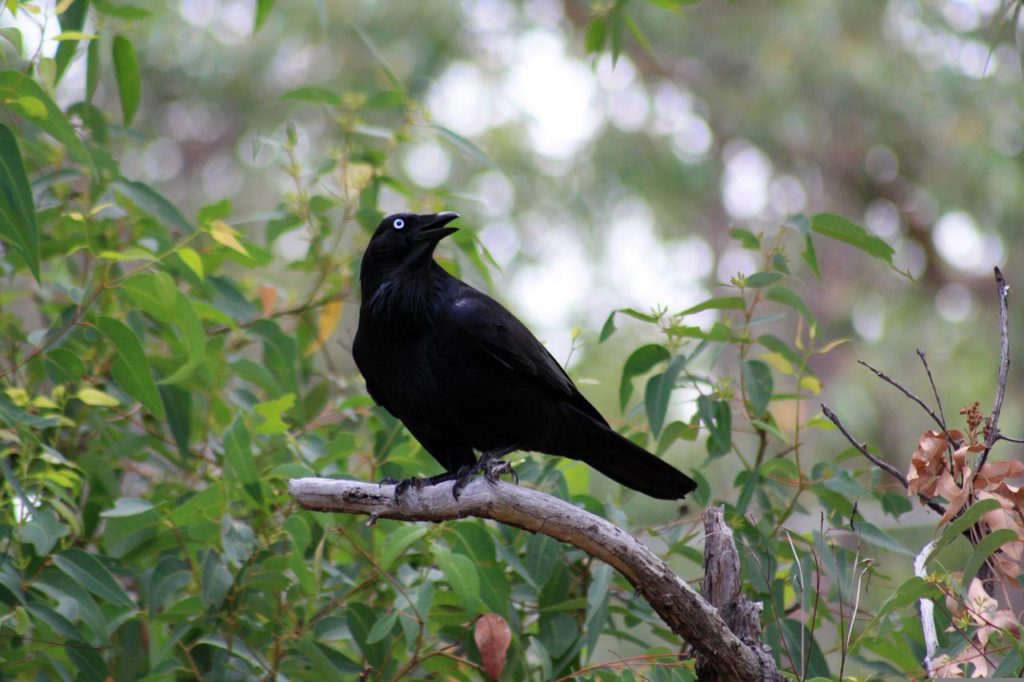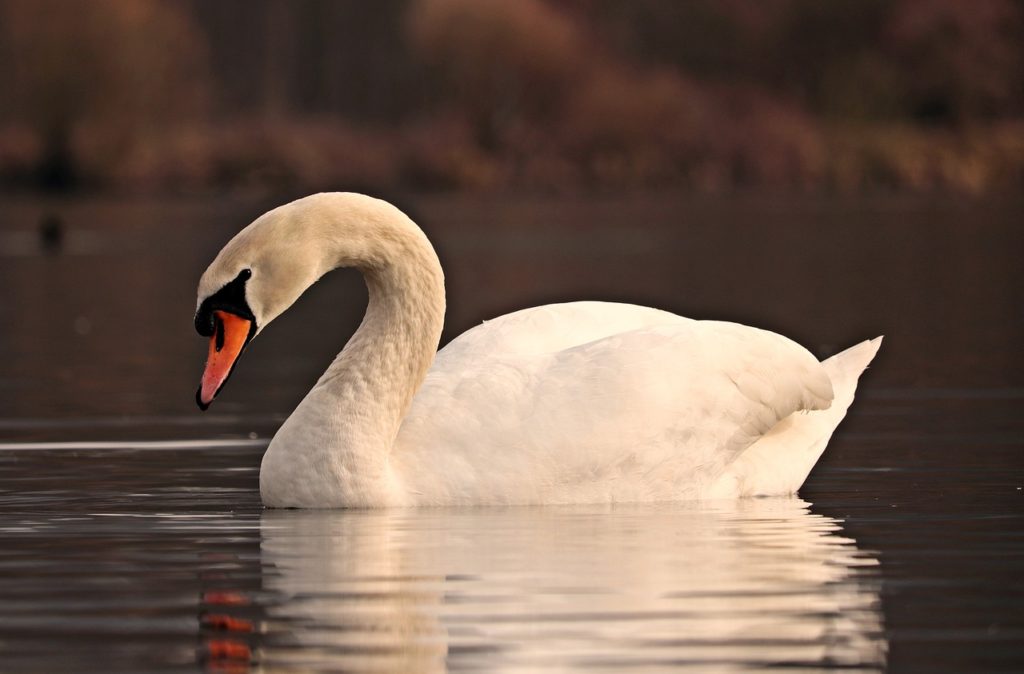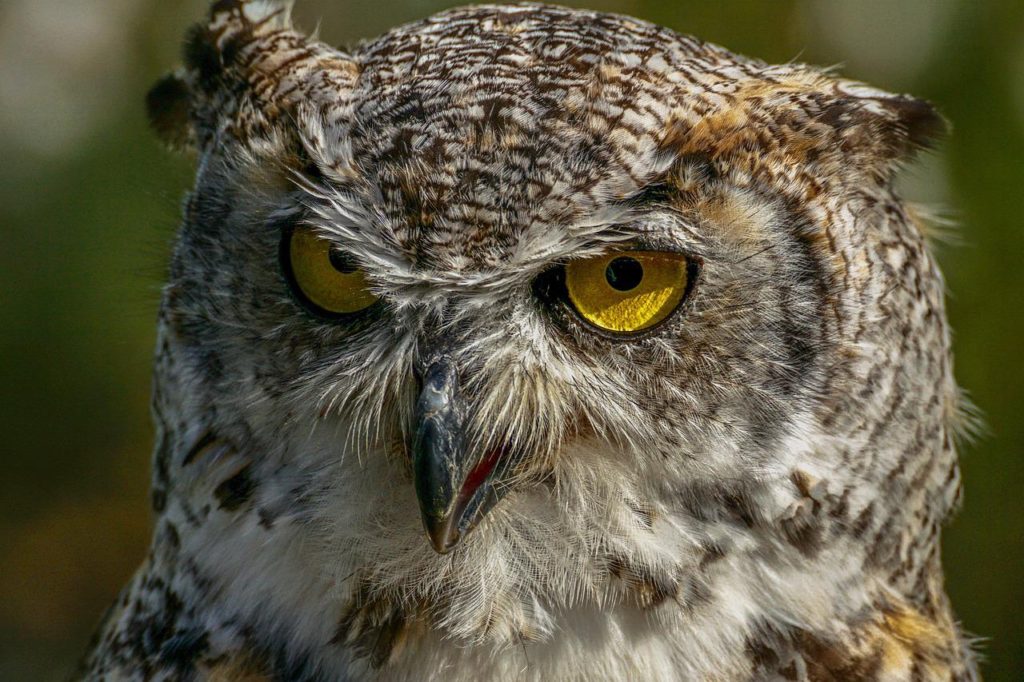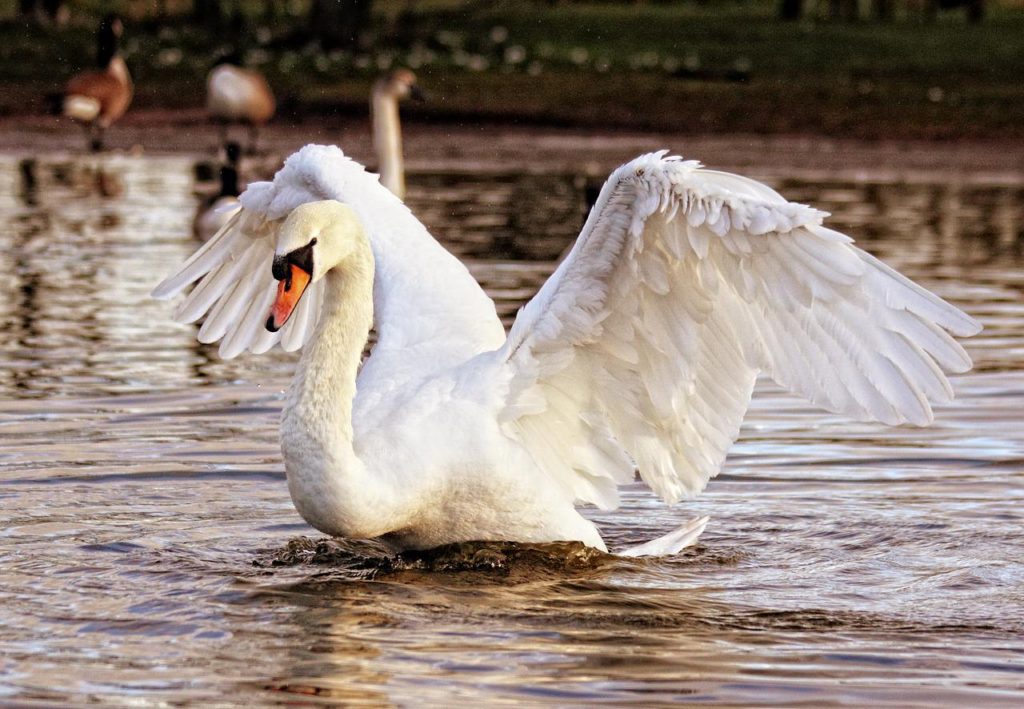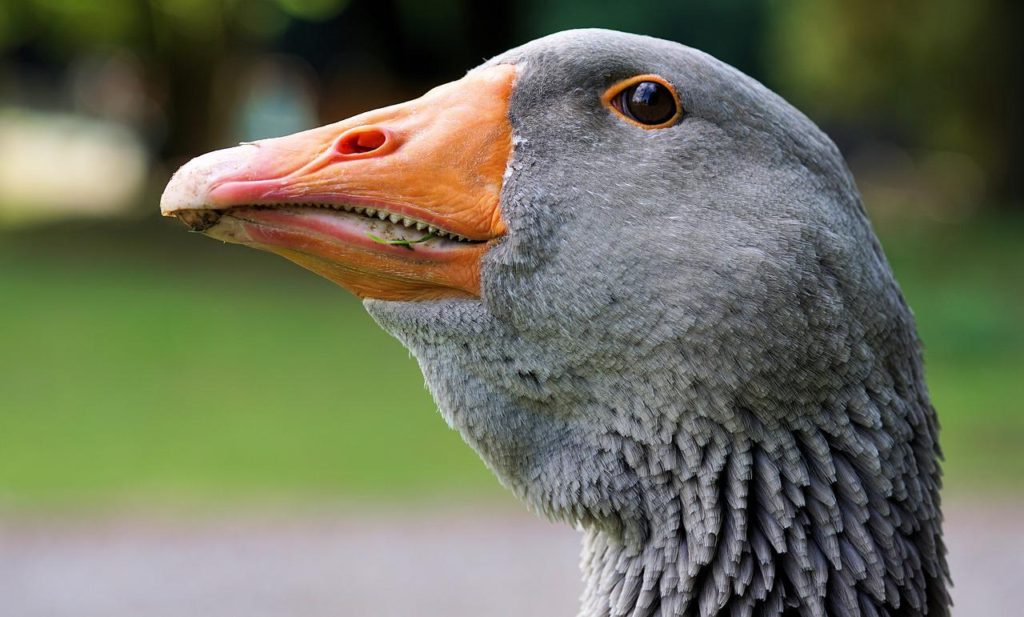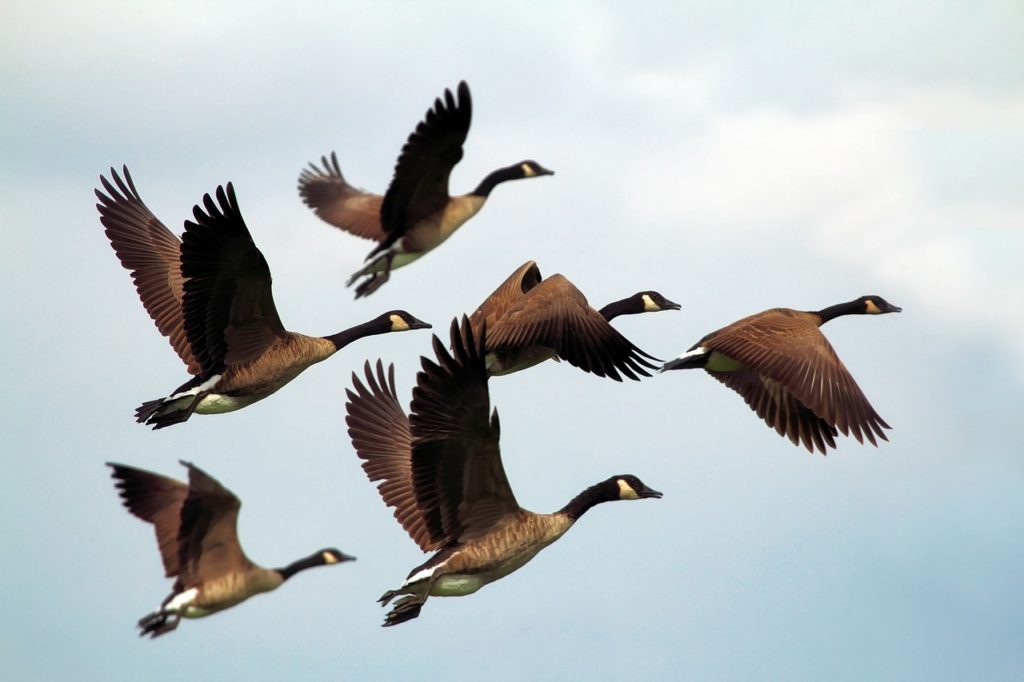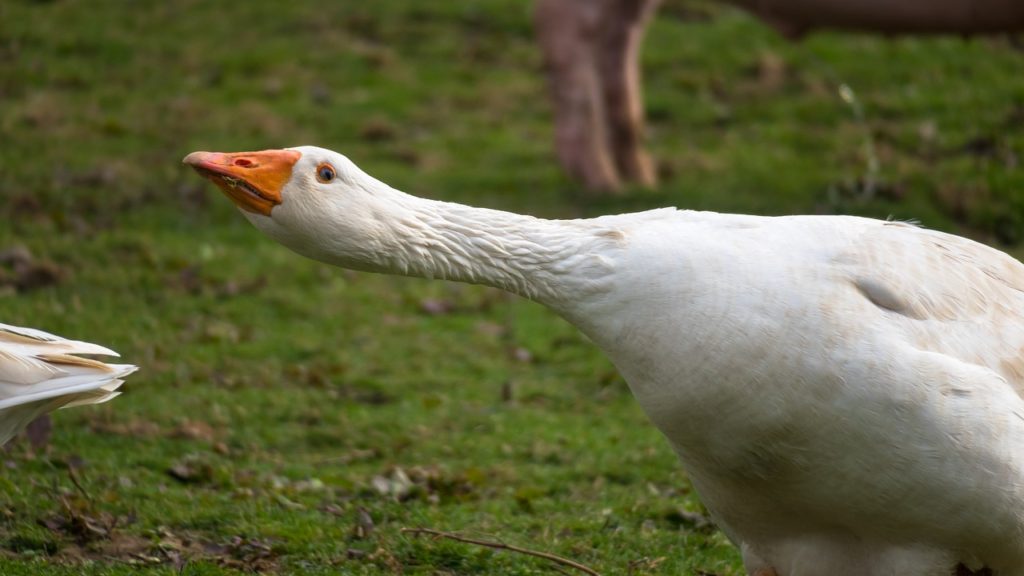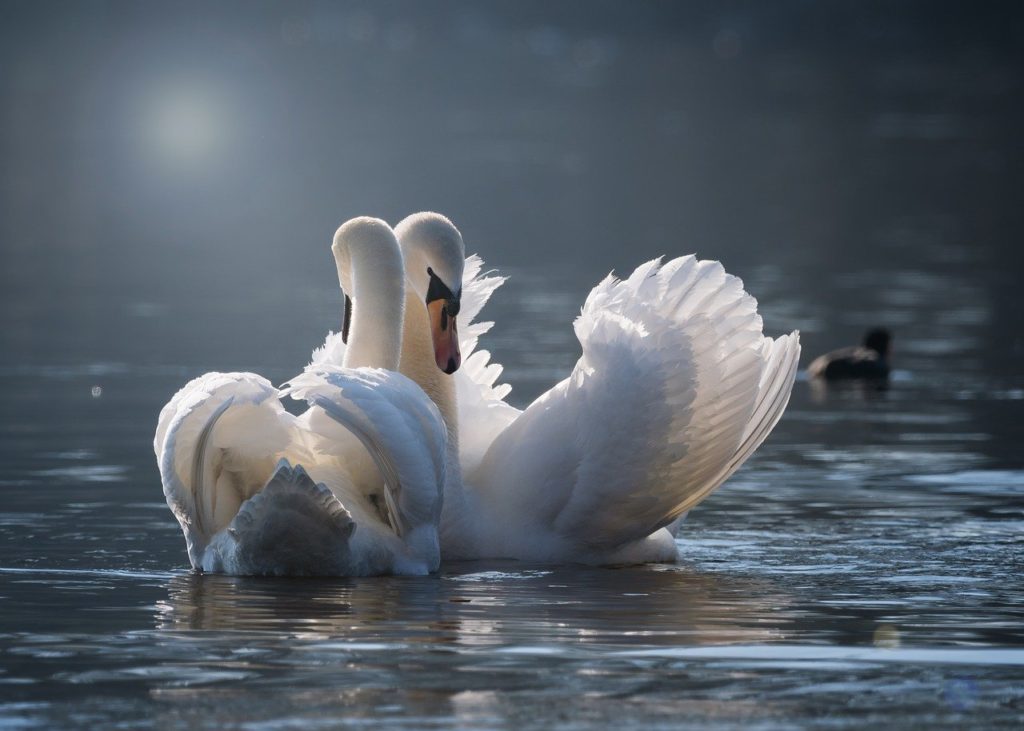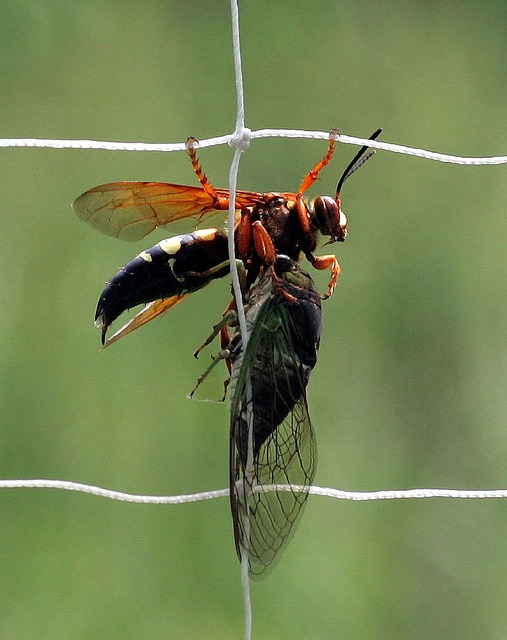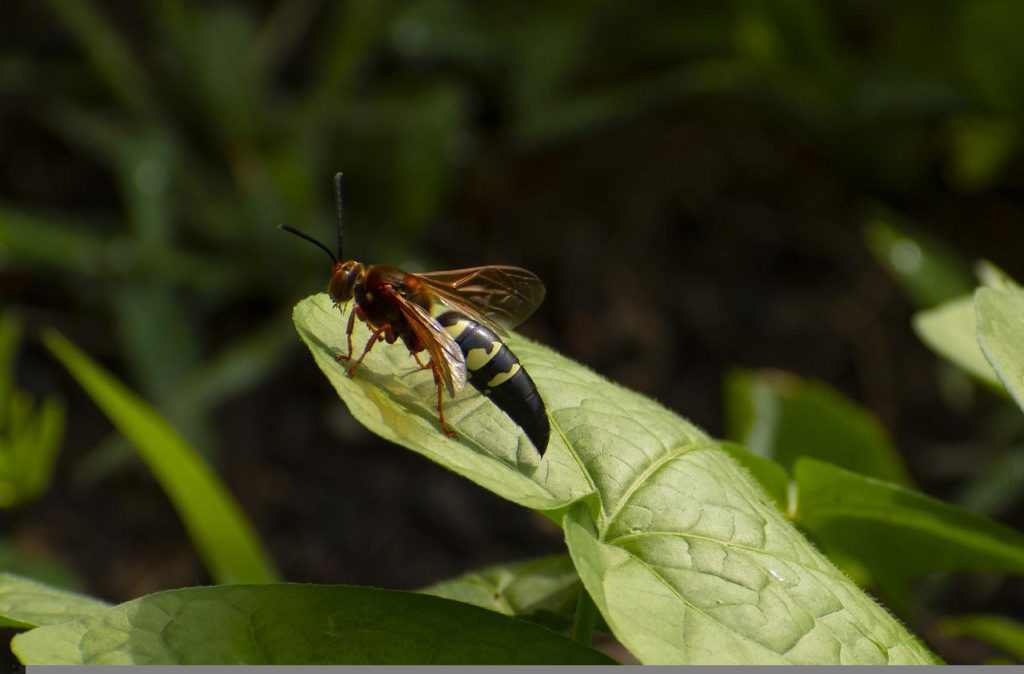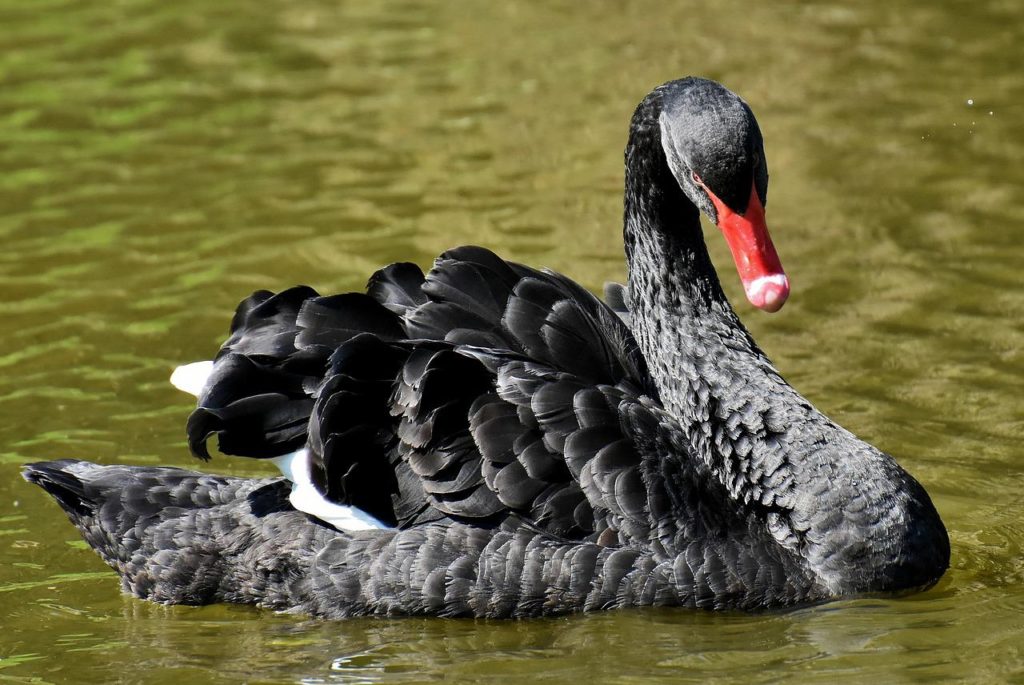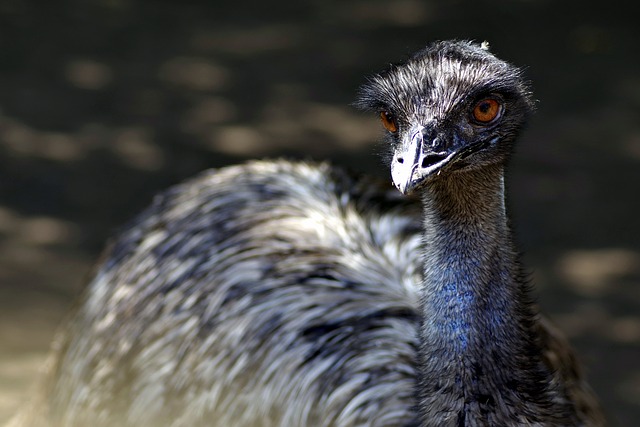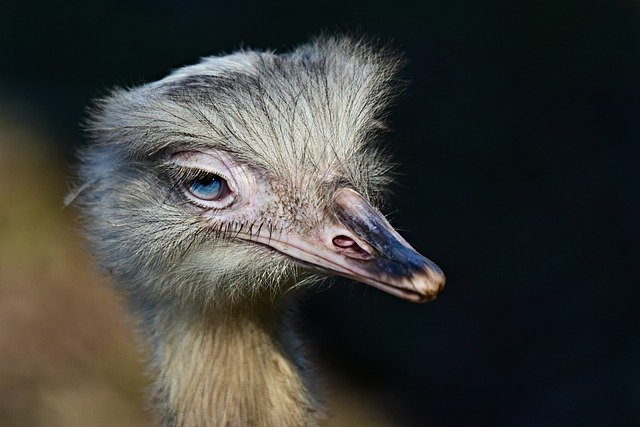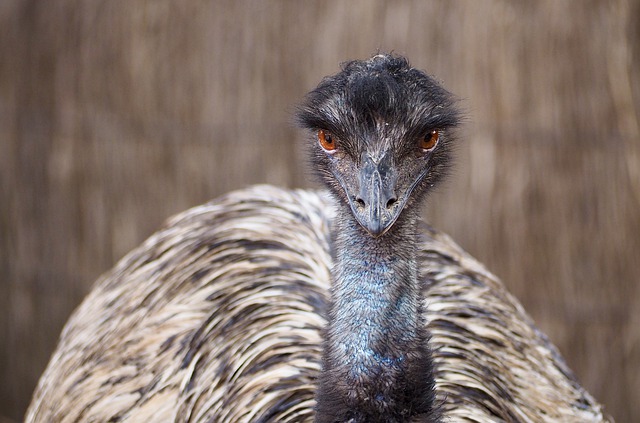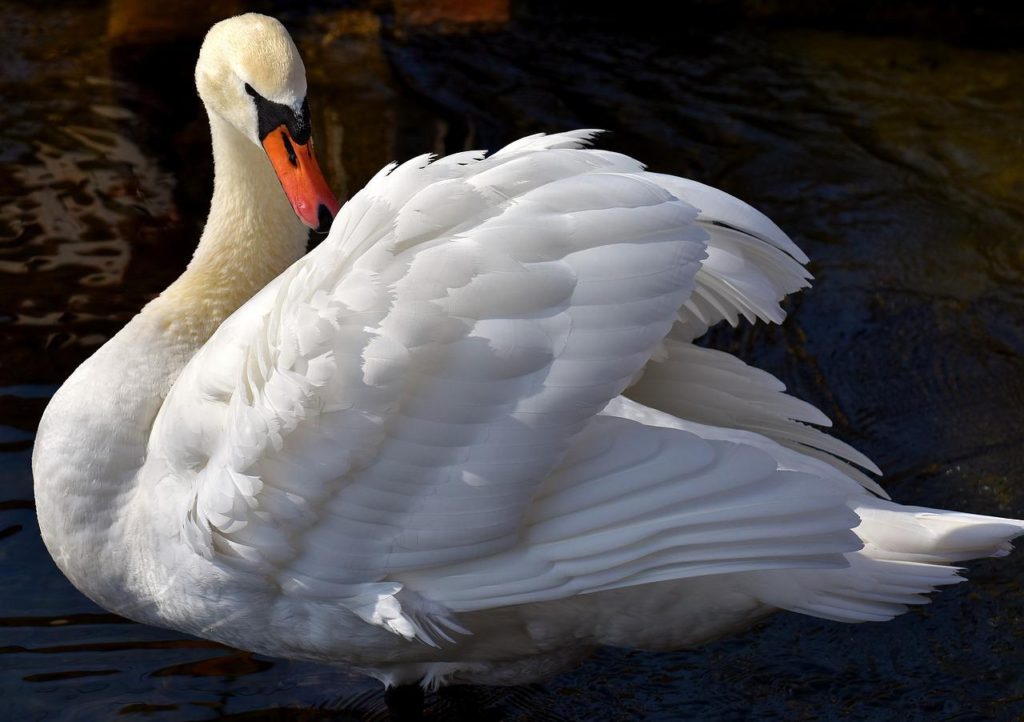
Swans are graceful and beautiful creatures and as such, people have many questions about them. They want to know about their mating rituals, their diet, their preferred habitats, and even their lifespans. How long do swans live for anyway? Swan lifespans actually vary and here’s what you’ll want to know!
Swan Lifespan
Swans are beloved long-necked birds that are part of the family Anatidae. These waterfowl live in ponds, lakes, marshes, estuaries, wetlands, streams, and elsewhere. The seven swan species are mute swans, black swans, trumpeter swans, black-necked swans, whooper swans, tundra swans, and coscoroba swans. In general, swans usually live for between 20 and even 30 years.
How Long Do Mute Swans Live?
Mute swans are enormous white birds that, true to their name, are typically quiet. They have strong hearing and eyesight. Wild mute swans can get to 19 years of age. They generally survive for 321 months in total. Captive ones are a whole other story. They can live for as long as 30 to 40 years. One specific mute swan in Denmark actually was able to get to an impressive 40 years old back in 2009.
How Long Do Tundra Swans Live?
Tundra swans are on the smaller side when it comes to swans and breed in North America’s distant Arctic region. Although their feathers are completely white, they have black feet and legs.
While the oldest known wild tundra swan lived for a minimum of 23 years and seven months, wild tundra swans generally survive for roughly a decade if they are lucky. Their captive counterparts sometimes live for twice as long so for a maximum of around 20 years.
How Long Do Trumpeter Swans Live?
Trumpeter swans have the distinction of being the largest waterfowl that are native to the vast North American continent. People occasionally confuse them with the previously mentioned tundra swan as they look similar and come from the same continent.
Trumpeter swans that are in the wild occasionally surpass 20 years of age. A prominent captive male of the species lived for longer than 35 years. He was a Turnbull National Wildlife Refuge resident.
How Long Do Black Swans Live?
Black swans primarily breed in the southwest and southeast parts of Australia. They’re nomadic creatures in their Down Under homelands. Although they come from the land Down Under, they’ve been brought to both Europe and North America. Black swans that are in the wild often survive for approximately 12 years. Black swans that are in captivity, on the other hand, can live for upward of four full decades.
The Life Cycle of a Swan
Typical swan life cycles are pretty straightforward. Female and male swans team up to create sizable nests using moss and grass. They create these nests on raised sections of land that are close to lakes and ponds. Female swans take things to the next level by laying between three and five eggs inside of the aforementioned nests.
Incubation is another major step. The females rest on top of the eggs as a means of promoting warmth. The males look over them for defense purposes. They safeguard the eggs from all kinds of outside dangers. Hatching is next. The eggs make their debuts once roughly 32 days have gone by.
Lastly, tiny cygnets gain the ability to swim. It doesn’t even take a day for them to gain this ability after hatching. They trail their mothers in order to locate sustenance. Swan youngsters frequently remain in the company of their mothers and fathers for approximately 18 months.
Dangers Swans Face
Many diverse components can affect longevity in swans. Unsurprisingly predators often influence how long swans live. Several examples of swan predators are raccoons, foxes, wolves, and human beings.
Since swans are impressively large and are defensive, they don’t actually have many natural predators. Other swan threats are collisions with power lines, deadly lead poisoning, severe weather conditions, poaching, and a broad range of illnesses.
Start Shopping for Birding Supplies!
What Do Crows Eat?
With roughly 40 different species, crows are a common sight in most places around the world. And while most of us are familiar with their appearance and harsh vocalizations, their diet is not as obvious. So what do crows eat? Here's what you'll want to know. What Do...
What Are Crows Good For?
Crows are widely considered to be pests. However, these large and highly intelligent black birds actually serve quite a few important functions in the environment. So what are crows good for? Here's what you'll want to know. Pest And Parasite Management Crows are...
Are Crows Good Pets?
People all around the world see and hear crows on a daily basis. Although these intelligent and dark birds are practically ubiquitous, most people don't think of them as being household pets. Are crows good pets? The general consensus is that crows do not make...
Are There Crows In Australia?
Crows are remarkably smart birds that also happen to be extremely adaptable. They navigate unfamiliar circumstances via observation and interaction. Crows reside in locations all over the globe. While they do not live in certain parts of South America, they do reside...
What Do Swans Eat?
Swans are famously long-necked birds that are symbols of romance, love, beauty, and purity. Since these waterbirds have so many admirers, people often wonder about their eating habits, behaviors, and more. What do swans eat, anyway? Swan Basics Swans typically live in...
Birds That Look Like Owls
Owls are typically solitary and mainly nocturnal birds. And although these well-known hooting creatures have a rather distinctive physical appearance, there are actually various other kinds of birds that resemble owls closely. And people sometimes mix them up. So...
Why Are Swans Protected?
Swans are graceful and gorgeous creatures. They also happen to have protection in the United Kingdom, interestingly enough. Why are swans protected there, anyway? And does the Queen own all the swans? Yes, she actually owns any mute swans that are unclaimed in both...
Birds With Teeth
Birds do not have teeth. However, there are quite a few that really look like they do! These birds have evolved special beaks which help them to perform important functions. So here are some of the most amazing birds with “teeth,” and what you’ll want to know about...
Do Geese Fly?
Although geese are clearly birds, there are many individuals who do not necessarily associate them with flying. So, do geese fly? The honest answer is that these waterfowl do. They do not exactly slouch in the flying department, either. Many people are pleasantly...
Are Geese Dangerous?
Geese, in brief, are waterbirds that are quite substantial in size. Since they're often spotted on golf courses, at schools, and in community parks, people understandably tend to wonder whether they're safety threats. Are geese dangerous? Why Geese Attack...
Do Swans Mate For Life?
Swans are famously elegant waterbirds that are known for their sizable bodies, webbed feet, and lengthy necks. People often associate them with romantic imagery and monogamy. Do swans mate for life? You can find the response to that common and rather fascinating...
When Do Cicada Killers Come Out?
Whether you dread them each year or are waiting for them to emerge and control the cicada population you may be wondering, “When do cicada killers come out? The answer is they come out each summer in late June or July. Here’s what you’ll want to know. Cicada Killer...
Are Cicada Killers Dangerous?
One look at one of these huge wasps buzzing around, your yard, and it’s only natural to ask, “Are cicada killers dangerous?” Fortunately, these wasps are mild-mannered. But here’s what you’ll want to know. Cicada Killer Wasps Basics Cicada killers emerge from the...
What Are Black Swans?
What are black swans? Black swans (Cygnus atratus) are sizable waterbirds. This species primarily appears in Australia's southwestern and southeastern portions. The black swan is nomadic in its homeland. This bird, true to its name, is mostly black. Although the bird...
What Do Cicada Killers Eat When There Are No Cicadas?
What do cicada killers eat when there are no cicadas? Well, while cicada killer wasps do hunt cicadas, the adults don’t actually eat them or kill them, their young do. Read on to learn more! The Cicada Killer Diet While you may have seen cicada killer wasps flying...
Do Cicada Killer Wasps Sting?
As one of the biggest species of wasp in North America the cicada killer wasp can be intimidating. And because of their size, appearance, and scary-sounding name, many people wonder, “Do cicada killer wasps sting? The answer is yes and no, and here’s what you’ll want...
Emu Facts
Did you know? One emu egg can make an omelet that can feed up to six adults. Did you know that the emu is the only bird with calf muscles? Can an emu walk backward? Let us find out by exploring some of the most jaw-dropping emu facts. Emus Have Amazingly Powerful Legs...
Rhea Facts
Doting dads, did you know the male rhea builds the nest, incubates the eggs, and takes care of the young? The rheas are paragons of parental care. It’s a bird like no other, and you will be surprised by the following rhea facts. Rheas Are One Of The Best Dads In The...
Alligator Snapping Turtle Facts
Flightless Australian Birds
There are over sixty species of flightless birds in the world. These birds have lost their capability to fly through evolution, and several of them live in the “land Down Under.” So here’s a list of all the flightless Australian birds. Emu The emu is a large...
